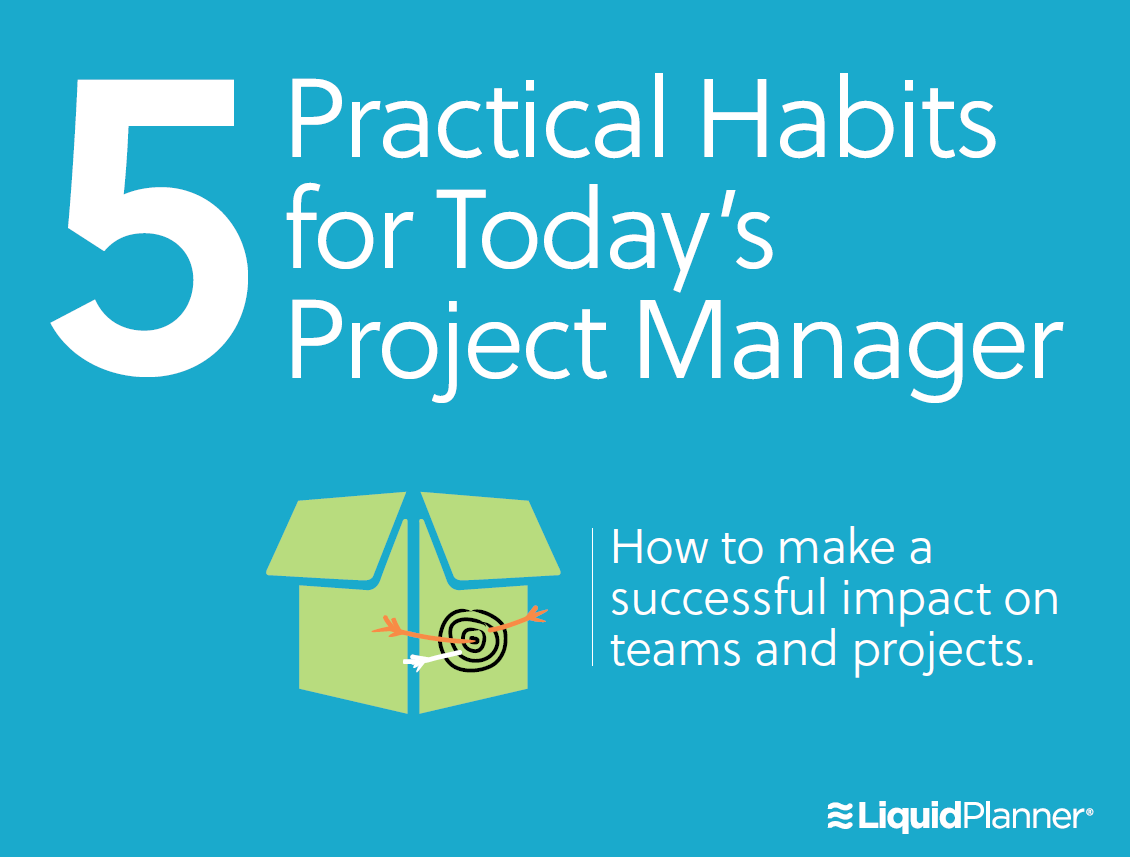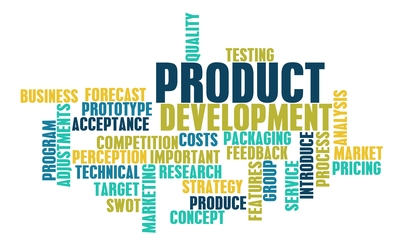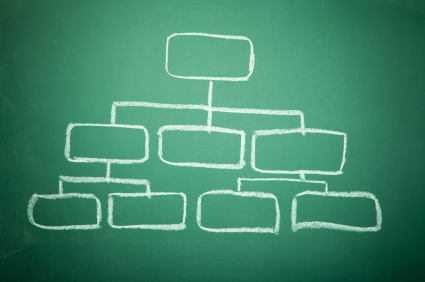“Failing to plan is planning to fail,” Says time management author Alan Lakein. If you’re a project manager you probably know this first-hand, as the success of your project is heavily dependent on how well you plan and initiate your project.
The importance of planning
The purpose of planning is not to create a detailed map that is set in stone and can’t be changed. Rather, the idea is to think through all the project’s critical elements before you make irreversible commitments and take irrevocable actions.
What product-based planning means
Product-based planning is one of the different ways to plan projects. Product-based planning means that you put the focus on tangible deliverables and outcomes, and plan the project from the perspective of your customers, rather than focusing on the action items within a project.
When starting out, don’t attempt to plan your project in isolation. Instead, seek assistance from your team members. You need them to help you break down high-level products into sub-products, tasks and activities with durations and dependencies.
Here are five tips and techniques to help you create a high-level product-based plan. Remember: It’s better to be broadly right than precisely wrong.
1. Create a product breakdown structure in hierarchical format
This breakdown structure is similar to an organizational chart. It should contain all of the major products (components and deliverables) that you plan to produce. Here’s how you organize the hierarchy:
- At the very top depict the final product.
- The next level is where you document its constituent parts. This could consist of two, ten or any number of sub-products.
- On the third level, break down the sub-products even further.
Continue breaking down your products and deliverables to a level that makes sense for the project, and without including dependencies or activities. The purpose is to show a pure representation of what the users need and how these needs break down into sub-sub-deliverables.
2. Create a product flow diagram
The next step is to turn the product breakdown structure into a product flow diagram. Make the diagram flow from left to right, with the final product on the far right-hand side. This gives you a view of the sequence in which the different products are likely to be delivered. Use the products and sub-products from the previous step’s breakdown structure, and rearrange them according to their priorities and dependencies. The interdependencies between sub-products and their relative business priority will help drive the diagram.
3. Produce a high-level plan
Use the product flow diagram as the guide to create a road map and a high level plan. This helps jump-start more in-depth planning conversations and activities. In the early stages of the planning process, you might have to make a number of assumptions and use approximate durations and timings. That’s okay. Start off by determining the sequence in which you want to deliver the products. Then, arrange them into phases with clearly defined milestones. Aim to deliver the most critical and core part of the solution first.
Once you know all the distinct phases, focus on the first phase and break down all products and deliverables into as much detail as you can. You want to highlight individual tasks and activities that would take days, rather than weeks to execute. As you continue breaking down the subsequent phases of the project, use a broader brush for the later phases as you might not have all the detailed information yet.
4. Assign resources
Start assigning resources to your plan, and tighten up the estimated duration of individual tasks. Know which resources are available and play around with different resources, assumptions and scenarios to get a good feel for how long the project might take.
This is the step when you identify and pay special attention to the project’s critical path. The critical path is the longest sequence of your schedule’s dependent activities that you have to complete to hit your deadline. It’s the critical path that determines the actual duration of the project, as all other activities can be scheduled in parallel. More than anything, it’s the critical path that you must pay close attention to throughout the execution of the project to make sure that the overall project timeline doesn’t slip.
5. Present the plan
Before you share the outline of your plan with the leadership team or client, review it to make sure you added sufficient contingency to the critical path. Remember that it’s better to under-promise and over-deliver than the other way around.
Once stakeholders see a schedule, they have a tendency to think it’s set in stone. Plan for worst-case scenarios, and provide a range of dates within which you expect to deliver the project, as opposed to just one fixed date. Explain to your stakeholders what your planning assumptions, risks, and issues are, and make it very clear that events are not set in stone. Explain that you will update and refine the plan frequently as you move through the project and that you will keep them informed of any changes.
If you found this article helpful, there’s more. Learn how to take your project management skills to the next level. Download the eBook, “5 Practical Habits for Today’s Project Manager.”









